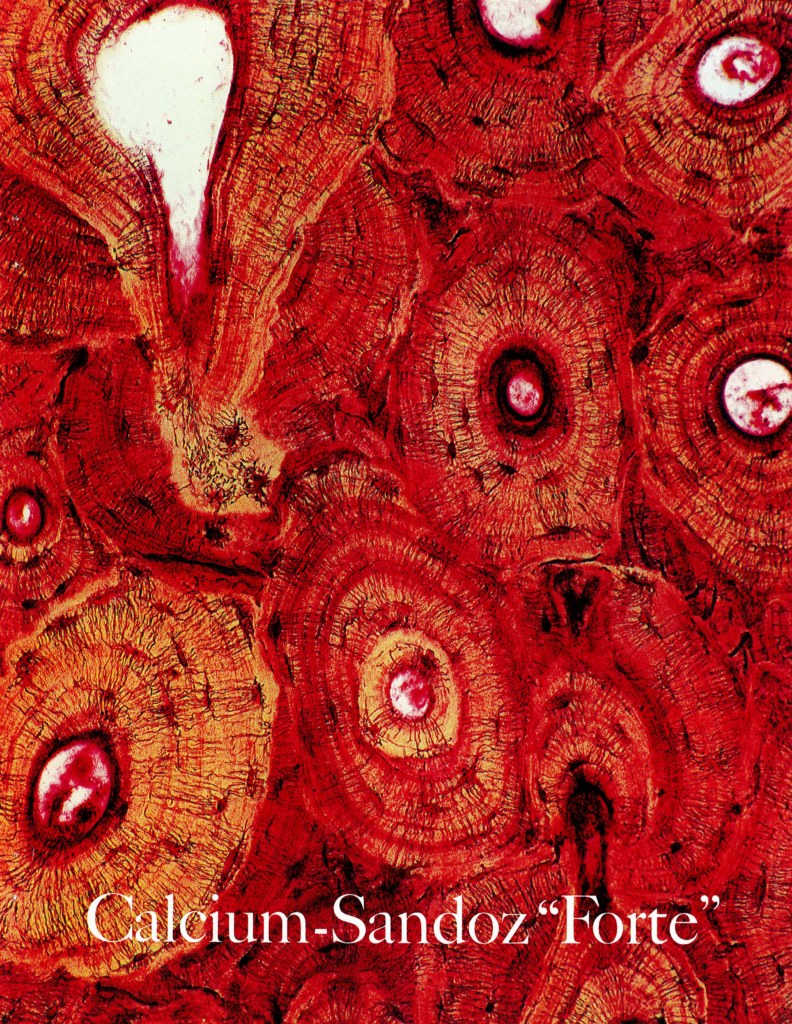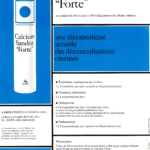Calcium is a mineral found naturally in foods. It is necessary for many normal functions of the body, especially for bone formation and maintenance. Calcium can also bind to other minerals (such as phosphate) and aid in their removal from the body.

Calcium salts, such as calcium lactate, are used to prevent and to treat calcium deficiencies, notably for patients suffering from osteoporosis. The specific form calcium lactate gluconate is more efficient than other calcium salts to increase bone mineral density. It is easily absorbed at various pHs, with or without food intake. Calcium lactate gluconate (known as Glocal) is a soluble salt of calcium (it contains 13% Ca) with lactic acid and gluconic acid used in effervescent calcium tablets. Initially developed by Sandoz (Switzerland), it is largely used in pharmaceutical products but also in the food industry, as a nutritional supplement, due to its good solubility, odorless and neutral taste. In molecular cuisine, it serves as auxiliaries to create spherification of liquids.




